Jacek Gondzio
Large-scale optimization with the primal-dual column generation method
Feb 16, 2015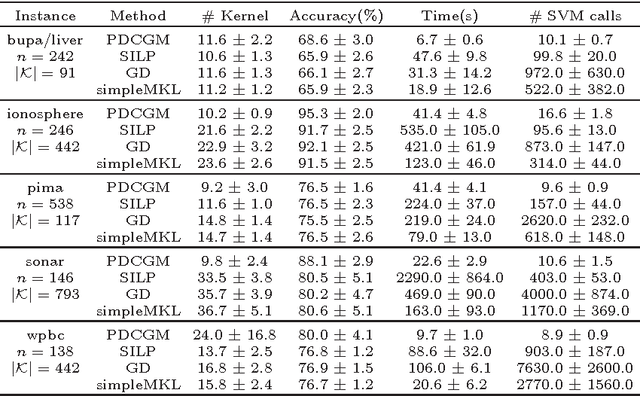
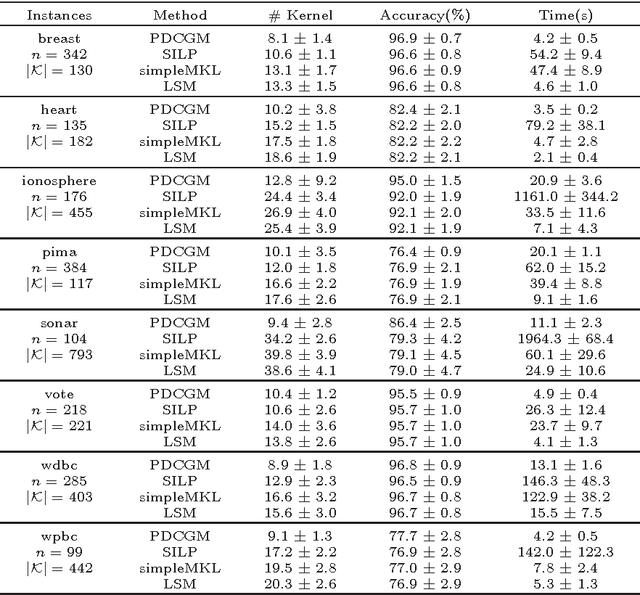
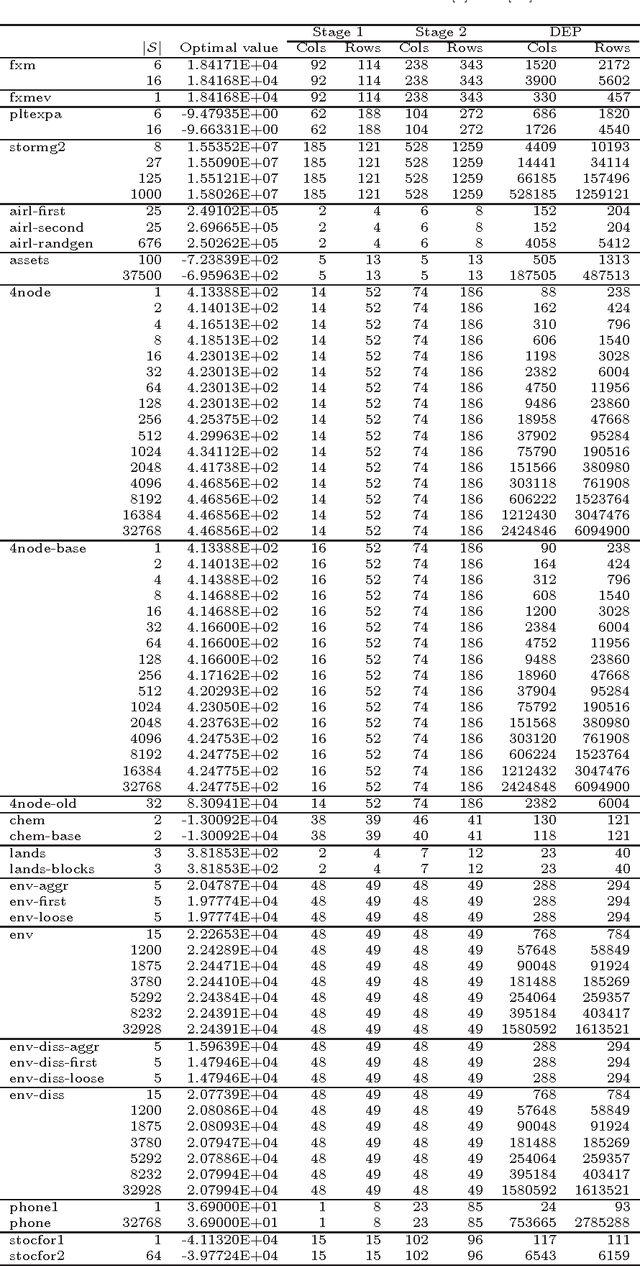
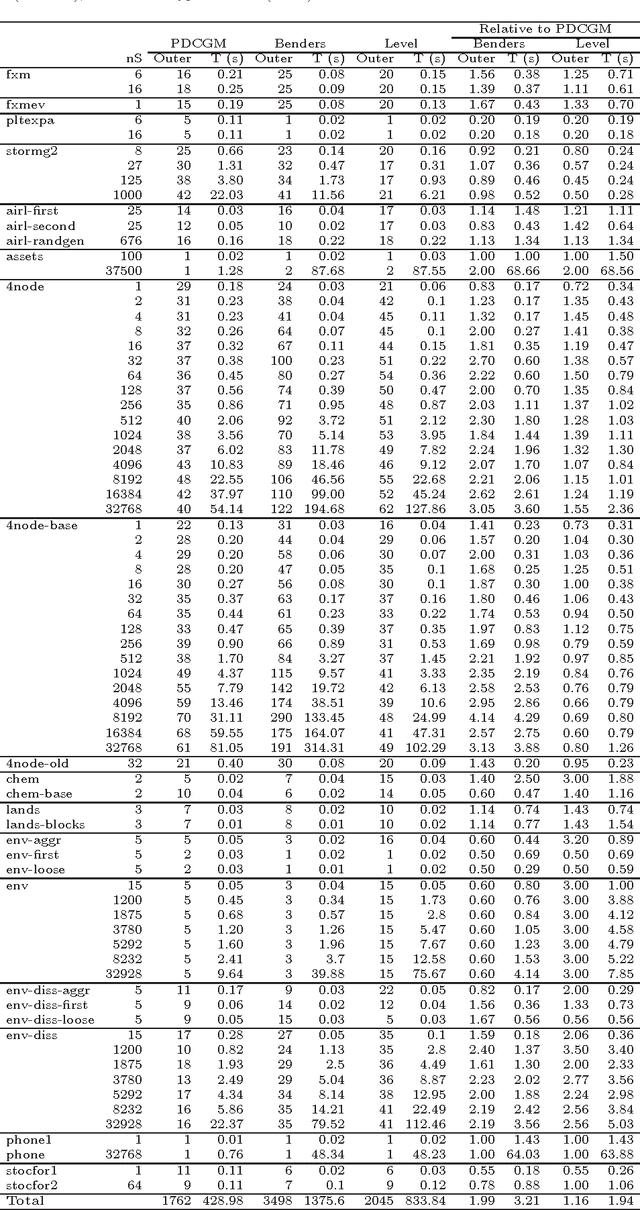
Abstract:The primal-dual column generation method (PDCGM) is a general-purpose column generation technique that relies on the primal-dual interior point method to solve the restricted master problems. The use of this interior point method variant allows to obtain suboptimal and well-centered dual solutions which naturally stabilizes the column generation. As recently presented in the literature, reductions in the number of calls to the oracle and in the CPU times are typically observed when compared to the standard column generation, which relies on extreme optimal dual solutions. However, these results are based on relatively small problems obtained from linear relaxations of combinatorial applications. In this paper, we investigate the behaviour of the PDCGM in a broader context, namely when solving large-scale convex optimization problems. We have selected applications that arise in important real-life contexts such as data analysis (multiple kernel learning problem), decision-making under uncertainty (two-stage stochastic programming problems) and telecommunication and transportation networks (multicommodity network flow problem). In the numerical experiments, we use publicly available benchmark instances to compare the performance of the PDCGM against recent results for different methods presented in the literature, which were the best available results to date. The analysis of these results suggests that the PDCGM offers an attractive alternative over specialized methods since it remains competitive in terms of number of iterations and CPU times even for large-scale optimization problems.
Inexact Coordinate Descent: Complexity and Preconditioning
Dec 10, 2014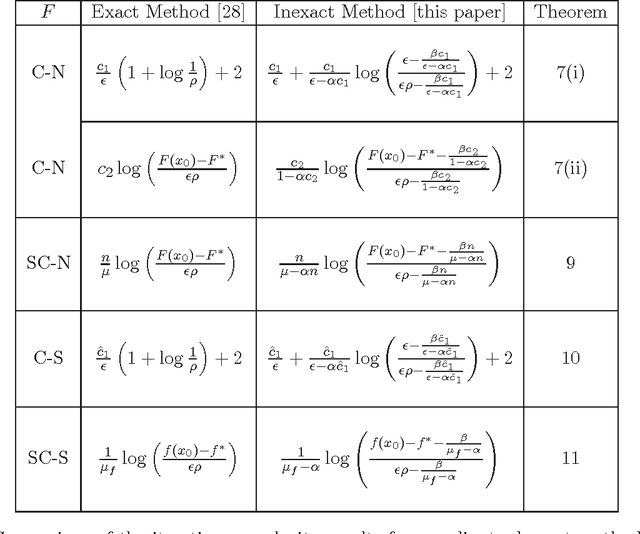
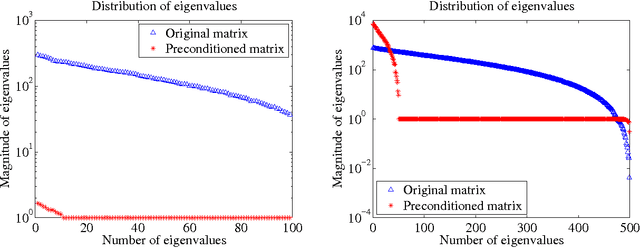

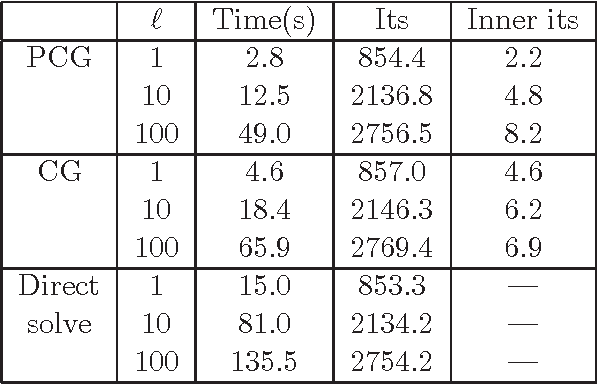
Abstract:In this paper we consider the problem of minimizing a convex function using a randomized block coordinate descent method. One of the key steps at each iteration of the algorithm is determining the update to a block of variables. Existing algorithms assume that in order to compute the update, a particular subproblem is solved exactly. In his work we relax this requirement, and allow for the subproblem to be solved inexactly, leading to an inexact block coordinate descent method. Our approach incorporates the best known results for exact updates as a special case. Moreover, these theoretical guarantees are complemented by practical considerations: the use of iterative techniques to determine the update as well as the use of preconditioning for further acceleration.
 Add to Chrome
Add to Chrome Add to Firefox
Add to Firefox Add to Edge
Add to Edge